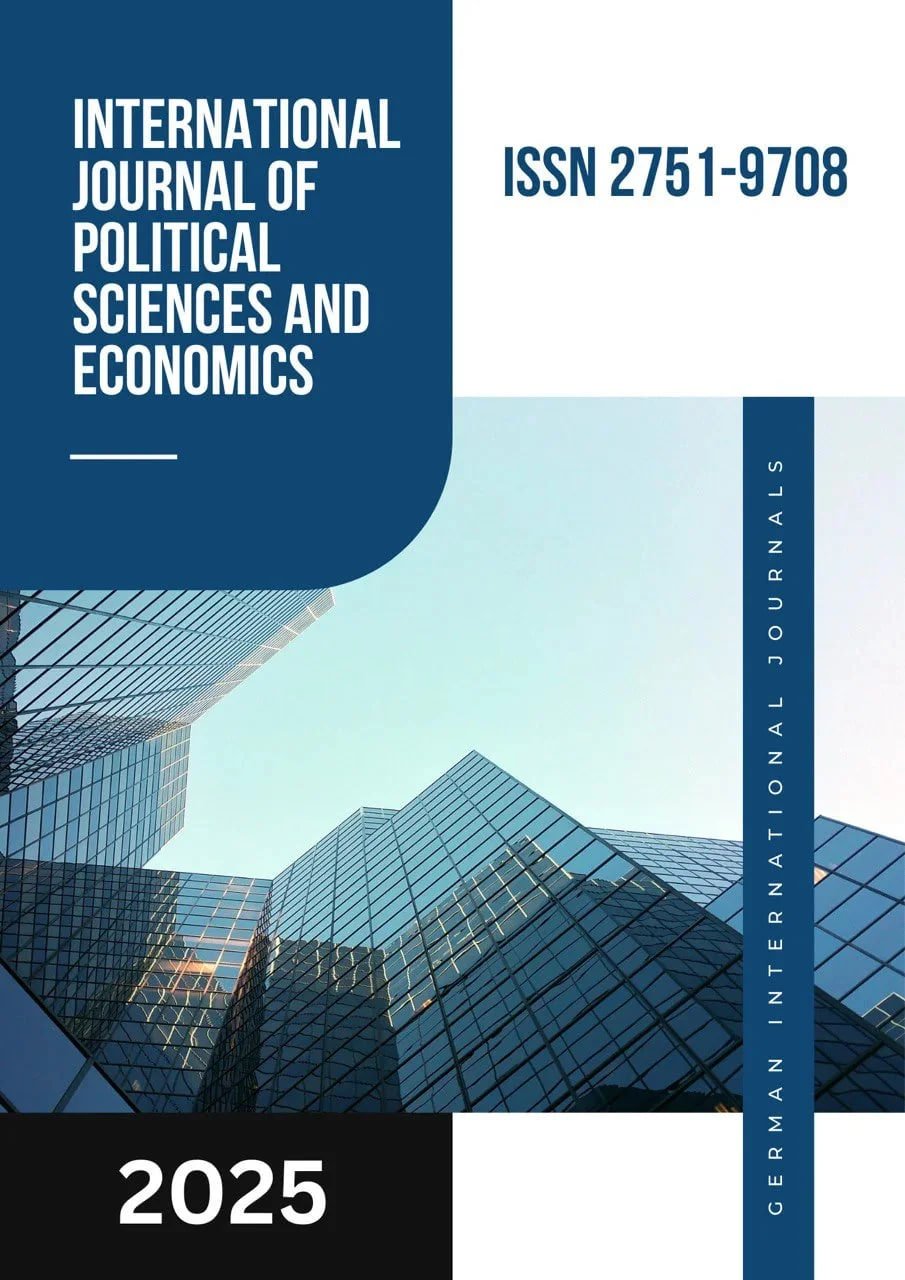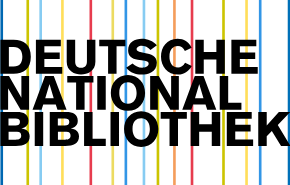RELATIONSHIPS IN THE LEGAL SHADOWS: A COMPARATIVE LEGAL ANALYSIS OF RELIGIOUS MARRIAGES AND INFORMAL FAMILY INSTITUTIONS
DOI:
https://doi.org/10.55640/Keywords:
religious marriage, informal unions, international law, women's rights, children's rights, legal recognition, Family Code.Abstract
This article examines the legal status of religious marriages, particularly Islamic (shar‘iy) unions, through the lens of both international and national legal frameworks. It highlights the legal vulnerability of women and children in unregistered marriages and proposes ways to harmonize domestic legislation with international human rights standards. A comparative analysis of legal approaches from various countries, including Uzbekistan, offers insights for legislative improvement.
References
1. United Nations. Convention on the Elimination of All Forms of Discrimination Against Women (CEDAW), 1979.
2. United Nations. Convention on the Rights of the Child (CRC), 1989.
3. European Court of Human Rights. Johnston and Others v. Ireland, Application No. 9697/82, Judgment of 18 December 1986.
4. Uzbek Respublikasi Oila kodeksi, 1998 (current version with amendments).
5. Cammack, M. (1999). The Indonesian Legal System and Religious Marriage. Fordham International Law Journal, 22(1), 205–231.
6. An-Na’im, A.A. (2002). Islamic Family Law in a Changing World: A Global Resource Book. Zed Books.
7. Fenwick, H. (2007). Civil Liberties and Human Rights. Cavendish Publishing.
8. Shah, P. (2006). Legal Pluralism in Conflict: Coping with Cultural Diversity in Law. GlassHouse Press.
9. Human Rights Watch. (2015). Submission to the CEDAW Committee Review of Uzbekistan.
10. UN Committee on the Rights of the Child. General Comment No. 14 (2013) on the best interests of the child.
Downloads
Published
Issue
Section
License

This work is licensed under a Creative Commons Attribution 4.0 International License.
Authors retain the copyright of their manuscripts, and all Open Access articles are disseminated under the terms of the Creative Commons Attribution License 4.0 (CC-BY), which licenses unrestricted use, distribution, and reproduction in any medium, provided that the original work is appropriately cited. The use of general descriptive names, trade names, trademarks, and so forth in this publication, even if not specifically identified, does not imply that these names are not protected by the relevant laws and regulations.







